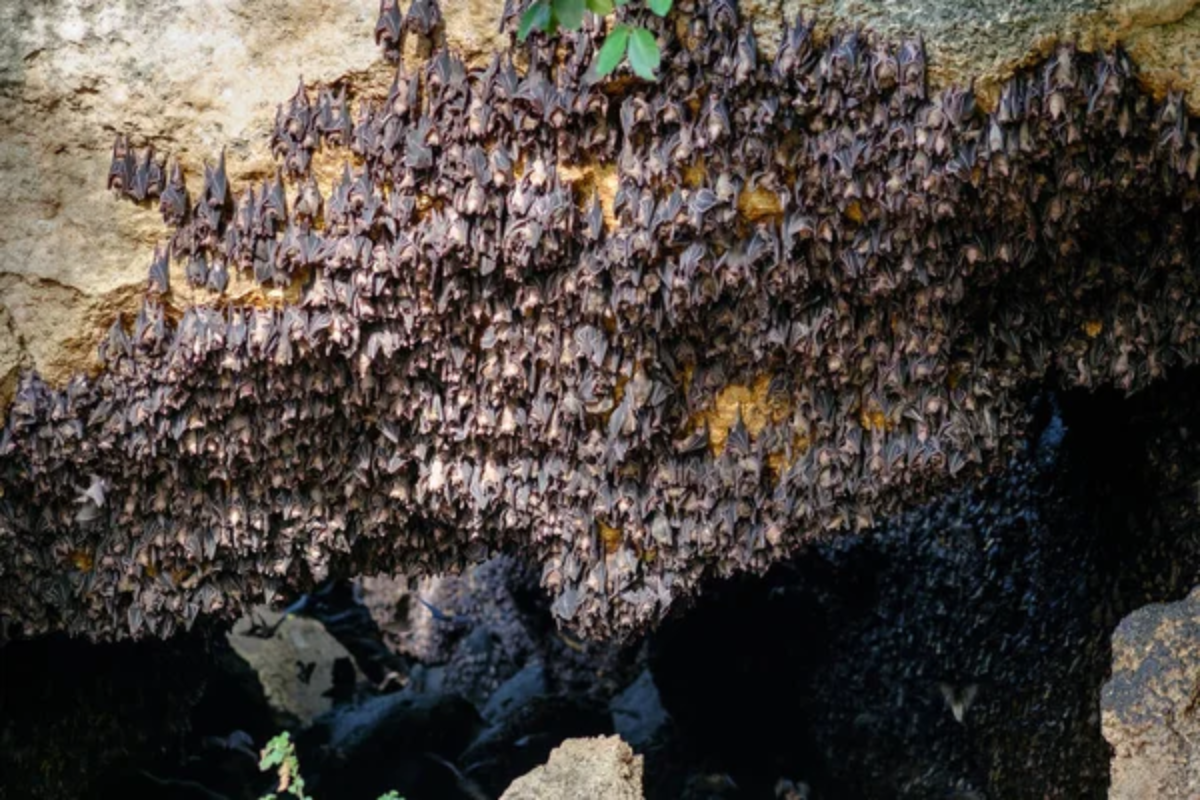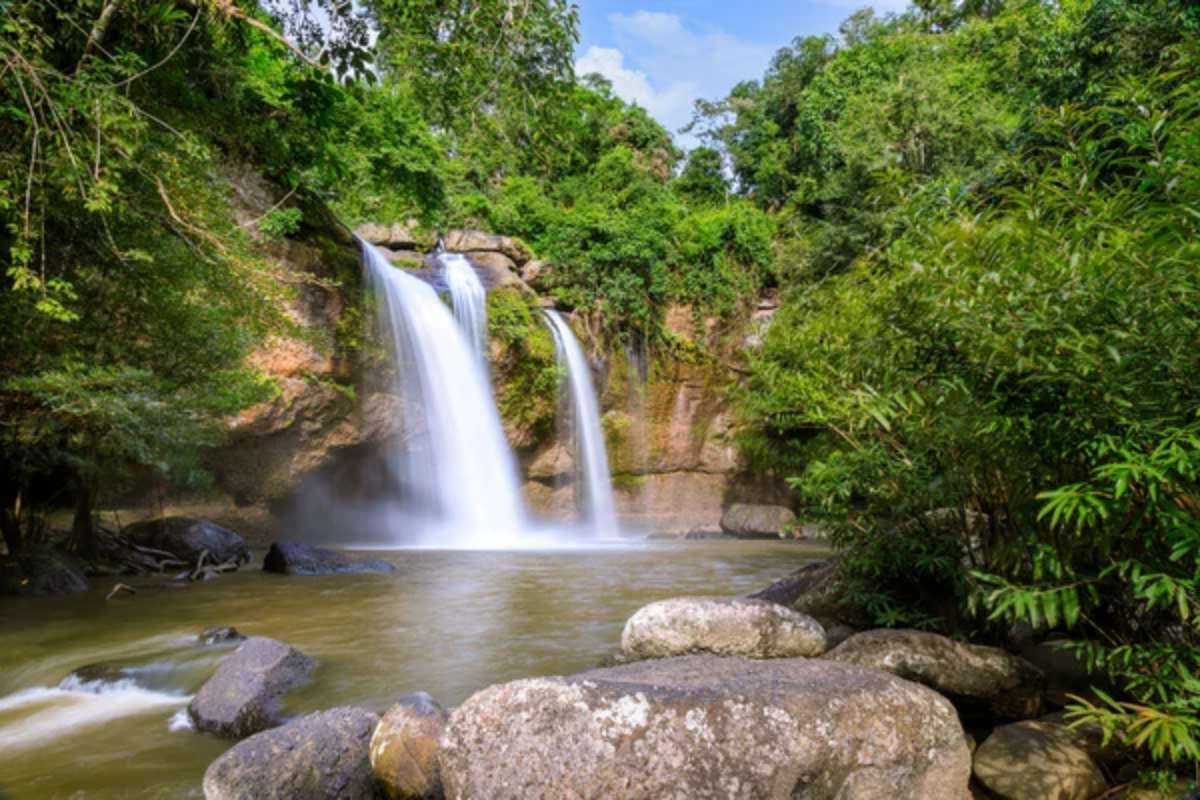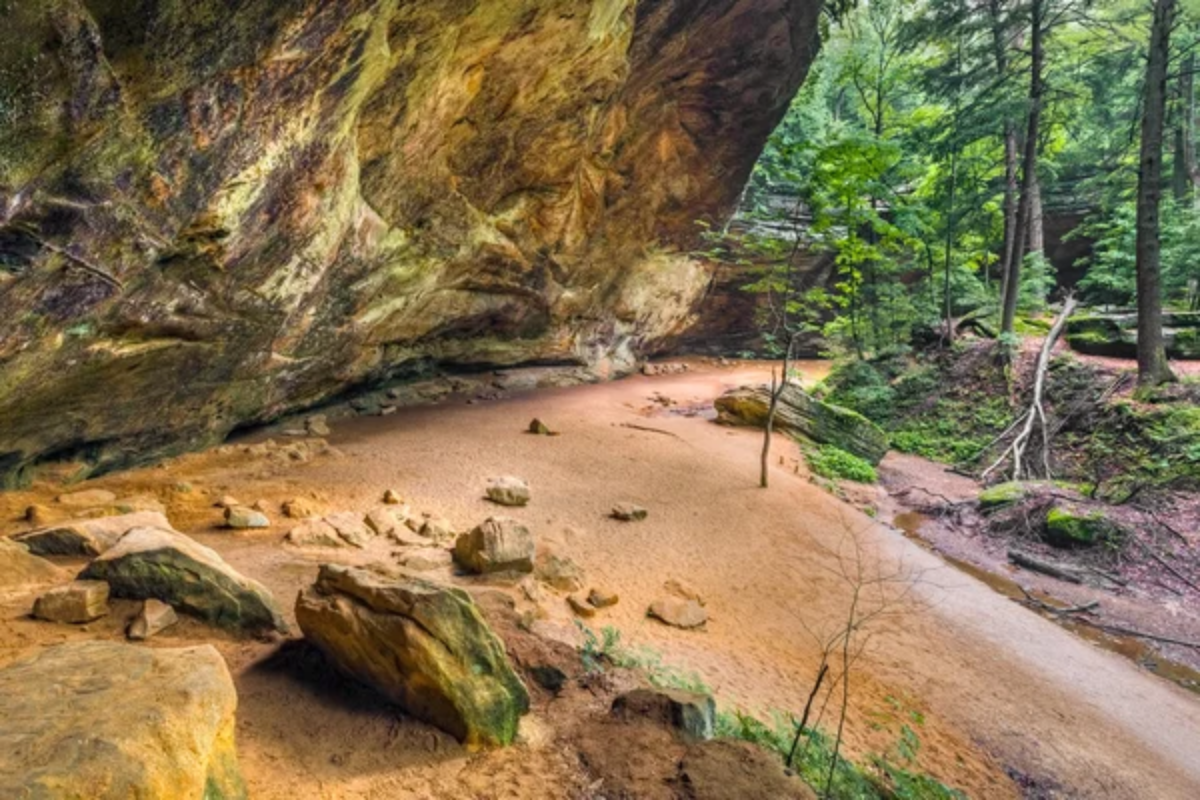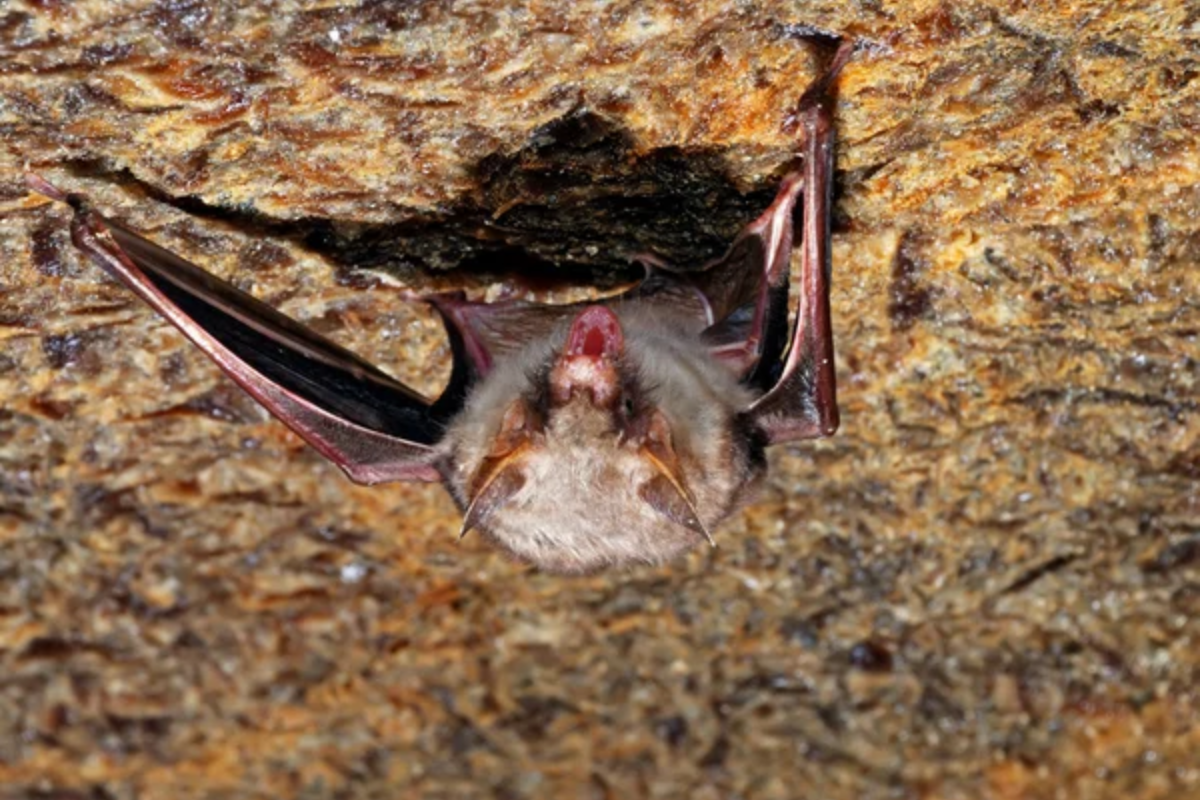Every April 17th is International Bat Appreciation Day, a day to celebrate these remarkable flying mammals, which play vital roles in ecosystems worldwide. From pollinating flowers to controlling insects, bats contribute greatly to biodiversity and food production worldwide. Their evening flights and fascinating behavior create spectacular wildlife observation opportunities.
Following is a list of 20 of the globe’s top sites where you can witness incredible bat spectacles and learn about these incredible creatures.
Congress Avenue Bridge in Austin

Austin’s Congress Avenue Bridge houses the largest urban bat colony in North America. During peak season, up to 1.5 million Mexican free-tailed bats emerge at sunset. Crowds gather nightly on the bridge and along the shoreline to watch the massive ribbon of bats stream into the evening sky.
The 30–45-minute emergence resembles a living river flowing against the twilight—an iconic natural show in the heart of the city.
Bracken Cave in Texas

Home to the world’s largest bat colony, Bracken Cave near San Antonio hosts over 15 million Mexican free-tailed bats during summer months. The protected site, managed by Bat Conservation International, offers limited guided tours, during which visitors witness what looks like a living tornado of bats spiraling out of the cave entrance.
The sound of millions of wings beating creates an unforgettable auditory experience that complements the visual spectacle.
Like Travel Pug’s content? Follow us on MSN.
Carlsbad Caverns in New Mexico

This national park features dramatic evening bat flights from late May through October when Brazilian free-tailed bats exit the natural limestone cave entrance. Park rangers host educational programs at the amphitheater overlooking the cave as hundreds of thousands of bats emerge in spiral formations.
Morning returns offer equally impressive viewing as the bats swoop back into the caverns after their night of insect hunting.
Monfort Bat Cave in the Philippines

Located on Samal Island, this Guinness World Record holder houses approximately 1.8 million Geoffroy’s rousette fruit bats in a protected sanctuary. Visitors can observe the cave entrance from a designated viewing area to minimize disturbance to the massive colony.
The dense population creates a constantly moving carpet of bats across the cave ceiling, with their collective sounds and scent creating a multisensory experience.
Kasanka National Park in Zambia

Every November and December, Kasanka hosts the world’s largest mammal migration when up to 10 million straw-colored fruit bats arrive from across Central Africa. The bats gather in a small forest area within the park, turning tree branches dark with their bodies during daylight hours.
Guided tours bring visitors to elevated platforms at dawn and dusk to witness the mass movement against stunning African skies.
Like Travel Pug’s content? Follow us on MSN.
Khao Yai National Park in Thailand

This UNESCO World Heritage site offers excellent bat-watching opportunities just a few hours from Bangkok. In the evening, millions of wrinkle-lipped free-tailed bats emerge from limestone caves, creating dark streams against the sunset.
The park’s observation areas allow visitors to watch natural predators like peregrine falcons hunting the bats, showcasing dramatic aerial predator-prey interactions.
Gomantong Cave in Malaysia

Borneo’s remarkable Gomantong Caves houses millions of bats alongside the famous swiftlets that create edible nests, making this a dual wildlife spectacle. The evening exodus includes several bat species leaving in distinct groups according to their species, creating waves of emergence rather than a single event.
Expert guides help visitors identify different species based on their flight patterns and emergence timing.
Yolo Bypass Wildlife Area in California

Just minutes from Sacramento, this accessible wildlife area hosts a maternal colony of Mexican free-tailed bats under the Yolo Causeway. Summer evening tours allow visitors to stand directly beneath the bridge as approximately 250,000 bats stream out for their nightly feeding.
The location combines urban proximity with excellent viewing opportunities, making it perfect for families and those with limited travel time.
Like Travel Pug’s content? Follow us on MSN.
Mammoth Cave National Park in Kentucky

The world’s longest-known cave system provides an excellent habitat for 13 species of bats, including endangered Indiana and gray bats. Specialized bat-focused tours take visitors through sections of the cave where these mammals roost in smaller but still impressive colonies. The park’s conservation efforts highlight the importance of protecting bat habitat and addressing threats like white-nose syndrome.
Mulu Caves in Borneo

This UNESCO site in Malaysian Borneo features the dramatic Deer Cave, home to millions of wrinkle-lipped free-tailed bats. Visitors trek through the primary rainforest to reach viewing areas where the bats exit in distinct ribbon-like formations that sometimes extend for 3 miles.
The cave itself, with its massive entrance and unique bat-adapted ecosystem, provides fascinating daytime exploration, complementing the evening emergence.
Tirumala Hills in India

The sacred hills surrounding the famous Tirumala Temple provide a habitat for numerous fruit bat colonies easily visible during daytime hours. Large flying foxes with wingspans up to 4 feet hang from trees in temple gardens and surrounding forests.
The cultural significance of these areas offers unique opportunities to observe how bats and humans have coexisted in sacred spaces for centuries.
Like Travel Pug’s content? Follow us on MSN.
Gunung Mulu National Park in Malaysia

This park features the remarkable phenomenon of bat highways—predictable flight paths that millions of bats follow each evening when leaving their cave roosts. Observation decks positioned along these routes offer prime viewing of columns of bats stretching for miles across forest canopies.
Specialized photography tours cater to those wanting to capture the perfect image of these living rivers in the sky.
Cairns in Australia

The tropical city of Cairns offers easy viewing of spectacularly large flying foxes that roost in colonial camps throughout urban areas. City parks house thousands of these megabats with wingspans up to 3 feet, visible during daylight hours, hanging from trees.
Evening viewing provides opportunities to see these impressive mammals in flight against city skylines as they travel to feeding areas.
Logan Cave in Arkansas

This protected national wildlife refuge provides critical habitat for endangered gray and Indiana bats. Limited permitted tours during non-hibernation seasons allow visitors to learn about conservation efforts while observing smaller but significant colonies.
The site exemplifies how careful management can balance public education with the protection of highly vulnerable bat populations.
Like Travel Pug’s content? Follow us on MSN.
Kampong Trach Cave in Cambodia

This lesser-known destination offers intimate bat-watching experiences away from larger tourist crowds. Each evening, thousands of small insectivorous bats emerge from limestone caves into the countryside.
Local guides often combine bat-watching with cultural experiences in nearby villages, creating multi-dimensional tourism that benefits conservation and local economies.
Guardians of the Night Sky

These great bat-watching sites teach us more than wildlife spectacle—they reveal crucial ecological links that sustain ecosystems around the world. From consuming billions of agricultural insects each night to pollinating valuable crops, bats provide ecosystem services valued at billions of dollars annually.
Witnessing their emergence incorporates tourists into natural cycles and rhythms that have existed for millions of years. While threats like habitat loss and disease continue to affect bat populations around the globe, sustainable tourism to such sites benefits conservation efforts that keep these amazing mammals illuminating night skies for centuries to come.
More from Travel Pug

- Cities Growing so Fast You Won’t Recognize Them in 10 Years
- 13 Destinations Where Tourists Regularly Regret Their Trip
- 20 Obscure WWII Sites Even History Buffs Don’t Know About
- 10 Under-the-Radar Mountain Towns That Are Both Affordable and Beautiful
- Remote Villages in Europe Where You Can Live for Free in Exchange for Work
Like Travel Pug’s content? Follow us on MSN.
